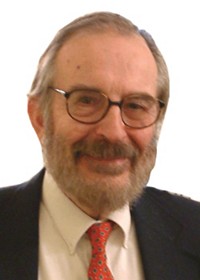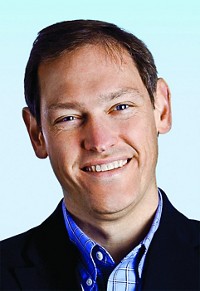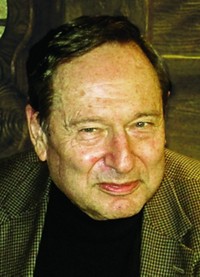Advertisement
Grab your lab coat. Let's get started
Welcome!
Welcome!
Create an account below to get 6 C&EN articles per month, receive newsletters and more - all free.
It seems this is your first time logging in online. Please enter the following information to continue.
As an ACS member you automatically get access to this site. All we need is few more details to create your reading experience.
Not you? Sign in with a different account.
Not you? Sign in with a different account.
ERROR 1
ERROR 1
ERROR 2
ERROR 2
ERROR 2
ERROR 2
ERROR 2
Password and Confirm password must match.
If you have an ACS member number, please enter it here so we can link this account to your membership. (optional)
ERROR 2
ACS values your privacy. By submitting your information, you are gaining access to C&EN and subscribing to our weekly newsletter. We use the information you provide to make your reading experience better, and we will never sell your data to third party members.
Physical Chemistry
Chemistry, a Terrific Discipline
by Rudy Baum, Editor-in-chief
October 3, 2005
| A version of this story appeared in
Volume 83, Issue 40
The week before last, I spent a day at the University of Utah chemistry department. I was catching up on some old friends like chemistry professors Peter Stang and Jack Simons, whom I’d met more than 20 years ago when I was C&EN’s West Coast bureau head, and meeting some of the newer chemistry department faculty members.
I came away from my visit—as I almost always do from such visits to universities—with a renewed sense of the vigor of our discipline. We hear all the time about the challenges confronting chemistry—indeed, this magazine and this page focus regularly on those challenges. The challenges are real, and I discussed them in many of my conversations in Utah. Sometimes, however, I think we let the challenges obscure the tremendous enthusiasm chemists feel for their discipline and the research advances that are being made.
At Utah, I spent a half hour with each of 10 chemistry faculty members, mostly talking about their research. They ranged from analytical chemists to physical chemists to organometallic chemists. Some were senior faculty members, some had just received tenure, and others were assistant professors just starting out. What motivates all of them is an abiding love of the intellectual pursuit of chemical knowledge.
A few examples: Analytical chemist Joel Harris discussed the need for techniques to probe the chemical properties of dispersed particles, which are increasingly important in many applications. The traditional techniques for studying dispersed particles—light scattering and electrophoresis, for example—provide information on particle size and shape, but that is insufficient, Harris said. What is needed is chemical information on such species in the bulk phase, not on a surface. Additionally, because of the inhomogeneity of dispersed particles, one would like to analyze the properties of single particles. Harris is using optical-trapping Raman microscopy to obtain such information.
Matt Sigman is an organometallic chemist who is probing the mechanisms of palladium-catalyzed aerobic oxidations. “Palladium(II) chemistry has erupted over the past few years,” Sigman told me. “A lot of young chemists have become interested in Pd(II) catalysis.” Sigman said that his group’s strength is in digging deep to uncover the detailed mechanisms of the catalytic reactions “to have a precise idea of what is going on.” Sigman’s group is also studying the use of nickel as a catalyst.
Cynthia Burrows discussed the chemistry of oxidative damage to guanine bases in DNA. Joel Miller talked about using organic chemistry to produce magnetic materials as well as a class of materials produced in his lab that throw an interesting light on the nature of chemical bonds. Richard Ernst pointed to the surprising reactivity of SF6 discovered in his lab. Chemistry department Chair Peter Armentrout pointed to an electrospray ionization source developed in his lab that produces an intense, stable beam of ions with a known temperature, which will allow his group to probe a variety of new cluster species.
I am not saying that there is anything particularly unique about the conversations I had with the Utah chemists. I would have had similar conversations had I spent the day at any one of 50 or more research universities in the U.S. Indeed, I would have had similar conversations with research chemists from countries around the world. That is my point: There remain a vast number of intriguing questions in chemistry and related disciplines, and chemists are having a great time tackling those questions.
Not all, however, is entirely well. I also had lunch with a postdoc and three graduate students from Utah’s chemistry department. All four were deeply concerned about their job prospects in chemistry. They have seen too many people they considered highly qualified search in vain for full-time academic or industrial positions. They have read in C&EN and heard elsewhere that the U.S. is producing too few Ph.D. chemists, but their experience suggests otherwise. One graduate student joked that she was likely to use her degree to get a job at Wal-Mart.
That said, the enthusiasm for chemistry I heard throughout my day at the Utah chemistry department was infectious. Ours is a terrific discipline.
Thanks for reading.





Join the conversation
Contact the reporter
Submit a Letter to the Editor for publication
Engage with us on Twitter